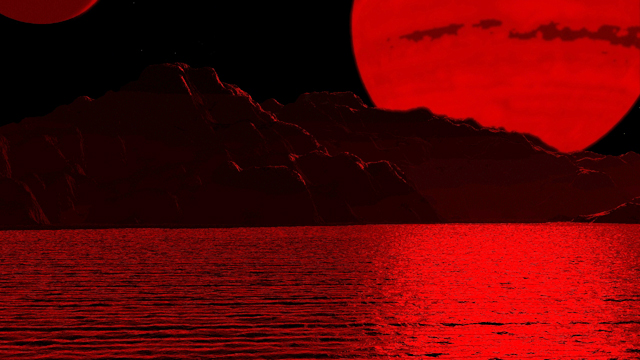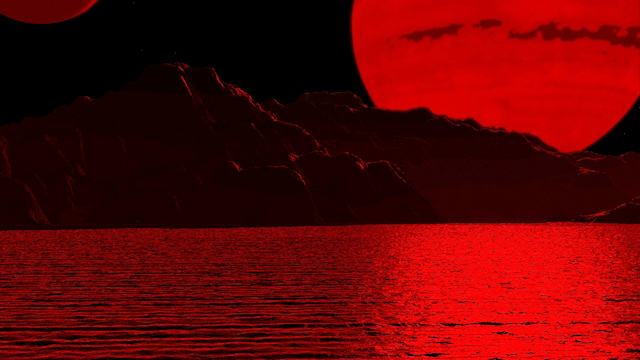
Every now and then, when seeing fresh examples of the world's problems, local or global, I take a deep breath, sigh, and think, "In a million years, what difference will it all make?" It may sound fatalistic, and of course current events do matter to our short-timer existences on Earth, but the thought gives me an odd sense of peace and gets me to thinking about the future—the far distant future—of the Earth. It's hard to imagine what the future will bring in ten, a hundred, or even a thousand million years. Where will evolution take life on Earth—including us? How far will human civilization stretch, and what turns will it take? What exciting twists and cliffhangers are in store for the climate? What will be on television?
Some things are a bit easier to predict: what the Sun will do and how the Earth and the Earth-Moon relationship will change.
I ran across a web version of the H.G. Wells novel "The Time Machine" a couple of weeks ago, and re-reading Chapter 11 I was reminded how insightful the story is with regard to visualizing future possibilities. In this chapter, the Time Traveler probes forward in time, going millions of years into the future and arriving in a tidally-locked Earth under a bloated, reddened Sun, with no Moon in the sky. The ocean was calm and cold, sporting only gentle, lazy swells, and the air was considerably less stocked with oxygen than today. Snow peppered the land and ice fringed the sea, and the only ubiquitous sign that life still existed was a green slime that coated the rocks of the shore.
"All the sounds of man, the bleating of sheep, the cries of birds, the hum of insects, the stir that makes the background of our lives - all that was over."
An alien, cold, and pessimistic view of the future? Well—it can hardly be classified as pessimistic; pessimism is an emotion based on the seeming unchangeability of things we can in fact change. But the Earth's future is commanded by forces scarcely within our power to affect.
